
Do you have a question about the Thermo Scientific ESCALAB 250 and is the answer not in the manual?
| Energy Range | 0-1500 eV |
|---|---|
| Type | X-ray Photoelectron Spectroscopy (XPS) |
| X-ray Source | Al Kα and Mg Kα |
| Vacuum System | Ultra-high vacuum |
| Sample Stage | Motorized sample stage |
| Detector | Multi-channel detector |
| Software | Avantage data system for acquisition, processing, and analysis |
| Analysis Technique | X-ray Photoelectron Spectroscopy (XPS), Ultraviolet Photoelectron Spectroscopy (UPS), Auger Electron Spectroscopy (AES) |
| Analyzer | 180° hemispherical analyzer with multi-channel detector |
Prerequisite reading for new operators, outlines essential prior knowledge.
Information on how to contact Thermo Fisher Scientific for support and assistance.
Critical safety information, warnings, and interlocks for operating the equipment.
Overview of the Monochromated X-Ray Source and its components.
Detailed description of the XR5 electron gun, its features, and operation.
Explanation of the water cooling system for the monochromator and XR4 Twin Anode.
Description of the crystal assembly used for diffracting X-rays.
Procedure for moving the XR5 anode to expose a fresh surface.
Guidance on performing fine-tuning adjustments for the monochromator.
Details on the T352/NT power supply controlling the X-ray source.
How to control the monochromator using the Avantage data system.
Overview of the various pre-set operating modes for the XR5 gun.
Procedure for activating the recirculated water supply for the system.
Method for visually checking the monochromator spot on a phosphor sample.
Critical operational limits to prevent damage and optimize anode lifetime.
Procedure for degassing the source after system venting and baking.
Steps for re-aligning mono spots after system bake-out procedures.
Routine maintenance for the anode surface, including movement for fresh areas.
Step-by-step guide for replacing the anode assembly.
Procedure for replacing the emitter filament and cathode assembly.
Instructions for cleaning the anode cap, often related to binding issues.
Guidance on replacing ceramics, typically for HT tick issues, requiring service.
Information regarding maintenance of the monochromator crystals.
Comprehensive table for diagnosing and rectifying common system faults and symptoms.
Details about fuses within the T352/NT power supply, primarily for service personnel.
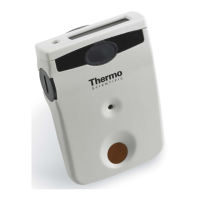
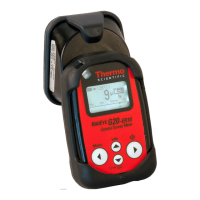
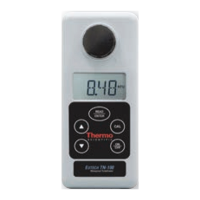
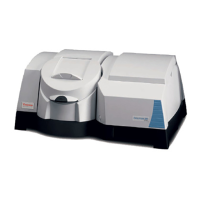
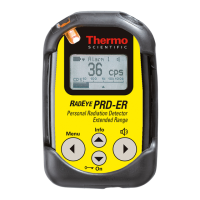
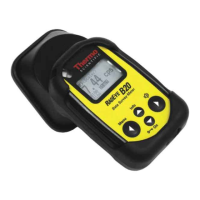


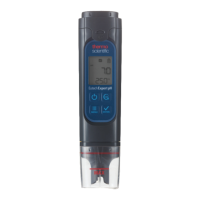

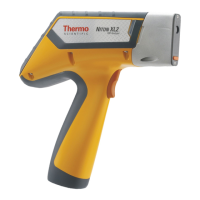
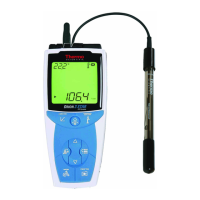
